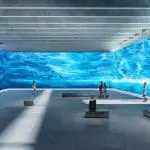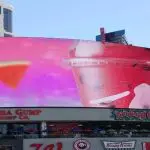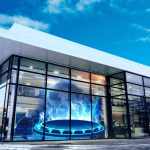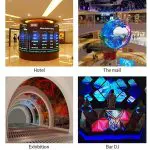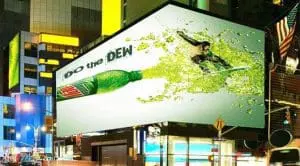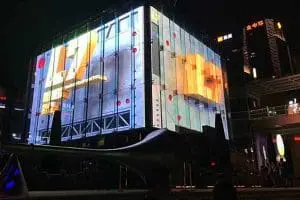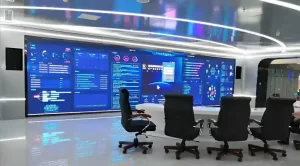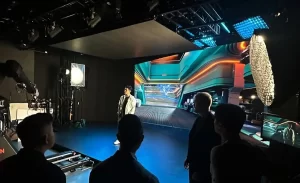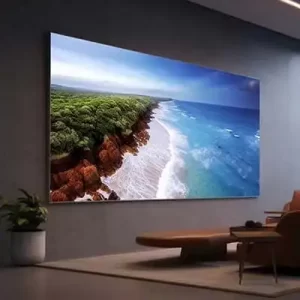In today’s digital age, LED screens have become ubiquitous, serving various purposes from advertising to entertainment. However, not all LED screens are created equal. A critical distinction exists between indoor and outdoor LED screens, each designed to meet specific environmental and functional requirements. Understanding these differences is essential for selecting the right LED-scherm for your needs.
Understanding Indoor LED Screens
Indoor LED screens are tailored for environments where external elements like weather and sunlight are controlled or absent. Common applications include shopping malls, conference rooms, airports, and retail stores. These screens prioritize high resolution and color accuracy, catering to viewers who are typically in close proximity.
Key Features:
- Helderheidsniveaus: Indoor screens usually have brightness levels ranging from 600 to 1,500 nits, sufficient for environments with controlled lighting.
- Pixel Pitch: They feature smaller pixel pitches (as low as 0.9mm), ensuring sharp and detailed images suitable for close viewing distances.
- Design: Indoor LED screens often boast a slim profile and lightweight design, facilitating easy installation and integration into interior spaces.
- Interactivity: Some models incorporate touch-sensitive surfaces, enabling interactive experiences in settings like retail and education.
Exploring Outdoor LED Screens
Outdoor LED screens are engineered to withstand harsh environmental conditions while delivering clear and vibrant visuals. They are commonly used for billboards, stadium displays, and large-scale public events.
Key Features:
- Helderheidsniveaus: To combat direct sunlight, outdoor screens offer high brightness levels, typically exceeding 5,000 nits.
- Durability: Constructed with weatherproof and dustproof enclosures, these screens are designed to endure rain, wind, and extreme temperatures.
- Pixel Pitch: Outdoor screens have larger pixel pitches (ranging from 4mm to 20mm), suitable for long-distance viewing.
- Cooling Systems: Advanced cooling mechanisms are integrated to maintain optimal operating temperatures under varying weather conditions.
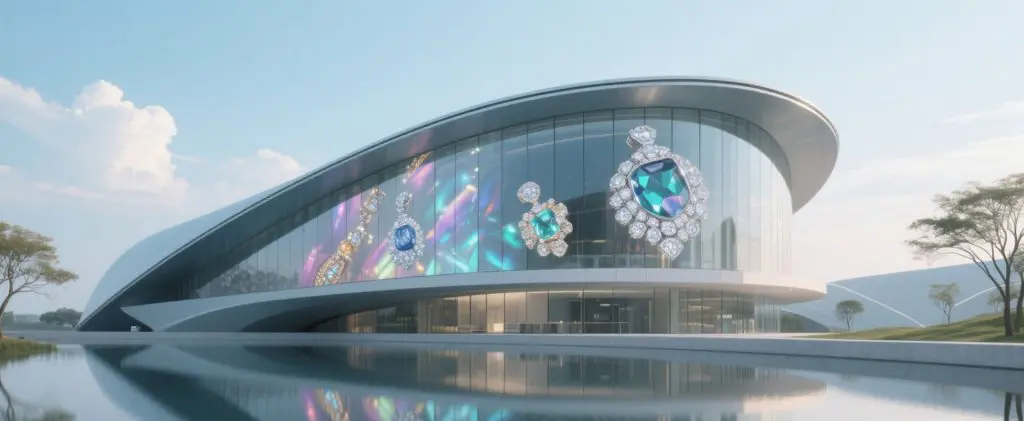
Comparative Analysis: Indoor vs. Outdoor LED Screens
To provide a clear understanding, here’s a side-by-side comparison of indoor and outdoor LED screens:
| Functie | LED-schermen voor binnen | LED-schermen voor buiten |
| Helderheid | 600–1,500 nits | 5,000–10,000 nits |
| Pixelafstand | 0.9mm–2.5mm | 4mm–20mm |
| Kijkafstand | Short (1–10 meters) | Long (10–100+ meters) |
| Duurzaamheid | Designed for controlled environments | Weatherproof and impact-resistant |
| Stroomverbruik | Lower | Higher due to increased brightness requirements |
| Installatie | Slim and lightweight design | Robust construction with protective enclosures |
| Kosten | Generally less expensive | More expensive due to additional protective features |
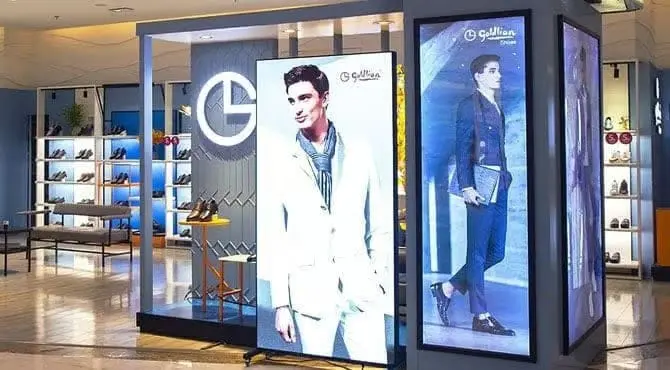
Choosing the Right LED Screen for Your Needs
When deciding between indoor and outdoor LED screens, consider the following factors:
- Environment: Assess whether the screen will be exposed to elements like sunlight, rain, or dust.
- Viewing Distance: Determine how far viewers will be from the screen to select an appropriate pixel pitch.
- Brightness Requirements: Outdoor settings necessitate higher brightness levels to ensure visibility.
- Budget: Outdoor screens typically involve higher costs due to their durability and brightness capabilities.
- Installation Constraints: Consider the structural requirements and space availability for installing the screen.
Frequently Asked Questions (FAQ)
- Can I use an indoor LED screen outdoors if the weather is nice?
No, indoor LED screens are not designed to handle even mild outdoor conditions. Even in good weather, factors like humidity, dust, or sudden sunlight can damage the screen or reduce its visibility. Outdoor screens are specifically built to withstand environmental challenges.
- Why are outdoor LED screens more expensive?
Outdoor LED screens require weatherproof casings, higher brightness levels, and stronger structural components to resist wind, rain, and sun exposure. These added protections and performance enhancements naturally increase the cost compared to indoor models.

- What does pixel pitch mean, and why does it matter?
Pixel pitch refers to the distance between the centers of two adjacent pixels, usually measured in millimeters. A smaller pixel pitch offers higher resolution and is ideal for close-up viewing, making it essential for indoor screens. Larger pixel pitches are suitable for outdoor screens that are viewed from farther away.
- Is brightness the only difference between indoor and outdoor LED screens?
Not at all. While brightness is a major factor, other differences include waterproofing, casing materials, pixel pitch, power consumption, and installation methods. Each type is engineered for its specific environment and function.
- How do I know which LED screen is right for my business?
Start by evaluating where the screen will be installed (indoor or outdoor), how far away viewers will be, how much sunlight the area receives, and your budget. Indoor screens are ideal for detailed, close-up content, while outdoor screens are perfect for visibility in broad daylight and larger audiences.
- Are outdoor LED screens energy efficient despite their brightness?
Yes, most modern outdoor LED screens incorporate energy-efficient technology, such as automatic brightness adjustment and low-power drivers, to reduce electricity use while maintaining visibility.
-e1693945635665-1.webp)
- Can LED screens be used for both advertisements and live events?
Absolutely. LED screens are versatile. Indoor screens are great for conferences, exhibitions, or malls, while outdoor displays are widely used for concerts, sporting events, public announcements, and roadside advertising.
- Do both indoor and outdoor LED screens support video playback?
Yes, both types support a full range of multimedia formats including videos, animations, static images, and live feeds. The quality of playback depends on the screen’s resolution, brightness, and processing power.
- How long does an LED screen typically last?
With proper maintenance, both indoor and outdoor LED screens can last between 50,000 to 100,000 hours of usage. Outdoor screens may require more frequent maintenance due to exposure to the elements.
- Are there hybrid LED screens suitable for both indoor and outdoor use?
Some manufacturers offer semi-outdoor or hybrid models that can handle partial exposure, such as in bus stops or under covered stadium roofs. However, these are not a substitute for full-weatherproof outdoor screens in harsh environments.
Understanding the differences between indoor and outdoor LED screens is crucial for making an informed decision that aligns with your specific requirements. Indoor screens excel in environments where high resolution and close viewing are paramount, while outdoor screens are indispensable for settings that demand durability and high visibility under varying weather conditions. By evaluating factors such as environment, viewing distance, brightness, budget, and installation constraints, you can select the LED screen that best suits your needs.









